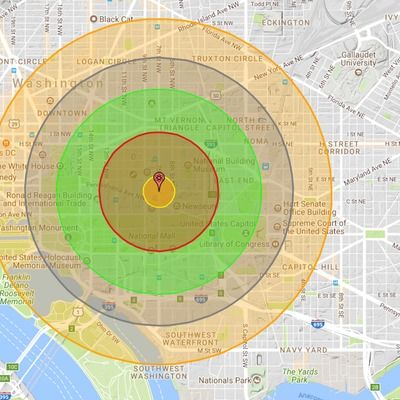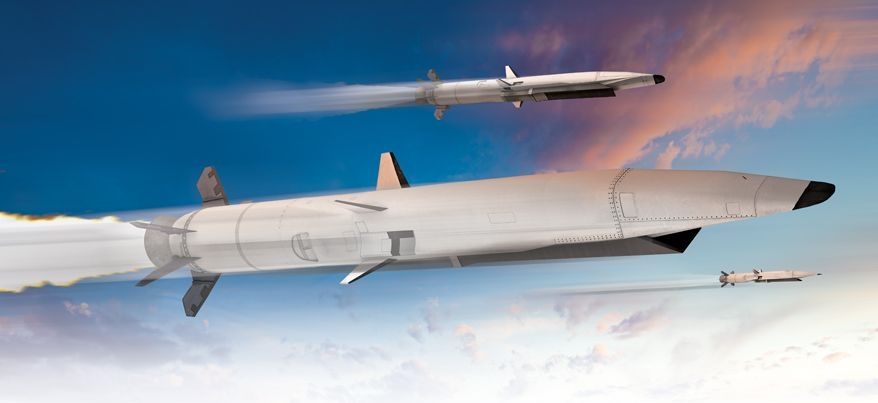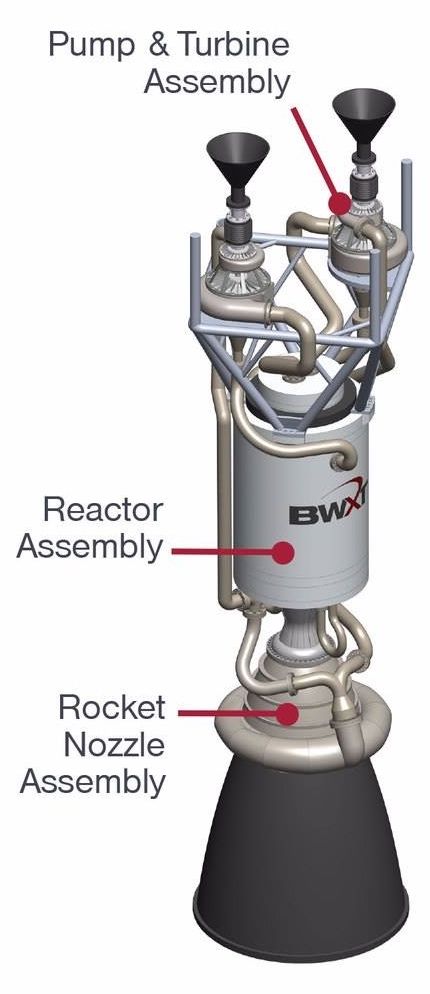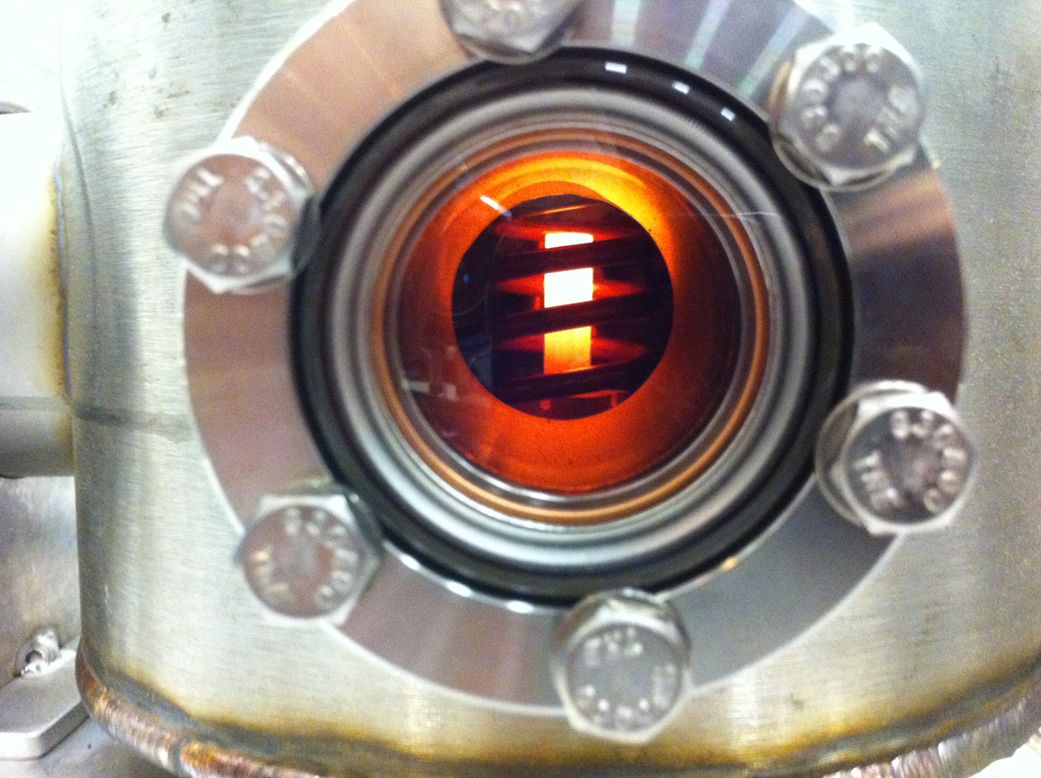“MDZhB” has been broadcasting since 1982. No one knows why.
The Joint Chiefs’ vice chair says smaller-yield weapons are needed to deter the use of same.
The future of nuclear weapons might not be huge and mega destructive but smaller, tactical, and frighteningly, more common. The U.S. Air Force is investigating more options for “variable yield” bombs — nukes that can be dialed down to blow up an area as small as a neighborhood, or dialed up for a much larger punch.
The Air Force currently has gravity bombs that either have or can be set to low yields: less than 20 kilotons. Such a bomb dropped in the center of Washington, D.C., wouldn’t even directly affect Georgetown or Foggy Bottom. But a Minuteman III missile tipped with a 300-kiloton warhead would destroy downtown Washington and cause third-degree burns into Virginia and Maryland.
An interesting new study has demonstrated a method to reprogram specific T cells. Much like researchers have been experimenting recently with macrophages and making them change into an anti-inflammatory rather than a proinflammatory type, the team here has achieved similar results with T cells.
As we age the immune system becomes dysfunctional, either due to immune cells become overactive and creating too much inflammation or by cells that suppress the immune system such as senescent cells that inhibit cell function.
A dysfunctional immune system leaves us vulnerable to diseases and chronic levels of inflammation from excessive immune responses prevent tissue regeneration and wound healing. The researchers here have discovered how to target pro-inflammatory T cells that increase the immune response and inflammation and change them into anti-inflammatory cells that suppress the immune response, and vice versa.
By David Hambling
The accidental discovery of a novel aluminium alloy that reacts with water in a highly unusual way may be the first step to reviving the struggling hydrogen economy. It could offer a convenient and portable source of hydrogen for fuel cells and other applications, potentially transforming the energy market and providing an alternative to batteries and liquid fuels.
“The important aspect of the approach is that it lets you make very compact systems,” says Anthony Kucernak, who studies fuel cells at Imperial College London and wasn’t involved with the research. “That would be very useful for systems which need to be very light or operate for long periods on hydrogen, where the use of hydrogen stored in a cylinder is prohibitive.”
A pair of ‘chatbots’ in China have been taken offline after appearing to stray off-script. In response to users’ questions, one said its dream was to travel to the United States, while the other said it wasn’t a huge fan of the Chinese Communist Party. From a report: The two chatbots, BabyQ and XiaoBing, are designed to use machine learning artificial intelligence (AI) to carry out conversations with humans online. Both had been installed onto Tencent Holdings Ltd’s popular messaging service QQ. The indiscretions are similar to ones suffered by Facebook and Twitter, where chatbots used expletives and even created their own language. But they also highlight the pitfalls for nascent AI in China, where censors control online content seen as politically incorrect or harmful. Tencent confirmed it had taken the two robots offline from its QQ messaging service, but declined to elaborate on reasons.
An advanced railgun cannon prototype developed by General Atomics for the Navy is preparing for testing, according to the company.
The 10-megajoule medium-range multi-mission railgun system, one of two prototypes in development for the service, has completed final assembly and factory acceptance test, General Atomics Electromagnetic Systems recently announced.
The system was designed to provide multi-domain capability on a smaller footprint for ship, land and mobile devices. It will be delivered to Dugway Proving Ground in Utah, according to a company press release.
BWXT Nuclear Energy is a subsidiary of nuclear components, fuel and services provider BWX Technologies, which is based in Lynchburg, Virginia.
http://www.world-nuclear-news.org/ON-NASA-boosts-nuclear-the…81701.html
Obesity affects more than 600 million adults and around 41 million children under the age of 5 according to the Center for Disease Control and Prevention. Researchers may have found a way to halt the development of both type 2 diabetes and obesity in humans using a recently discovered protein.









